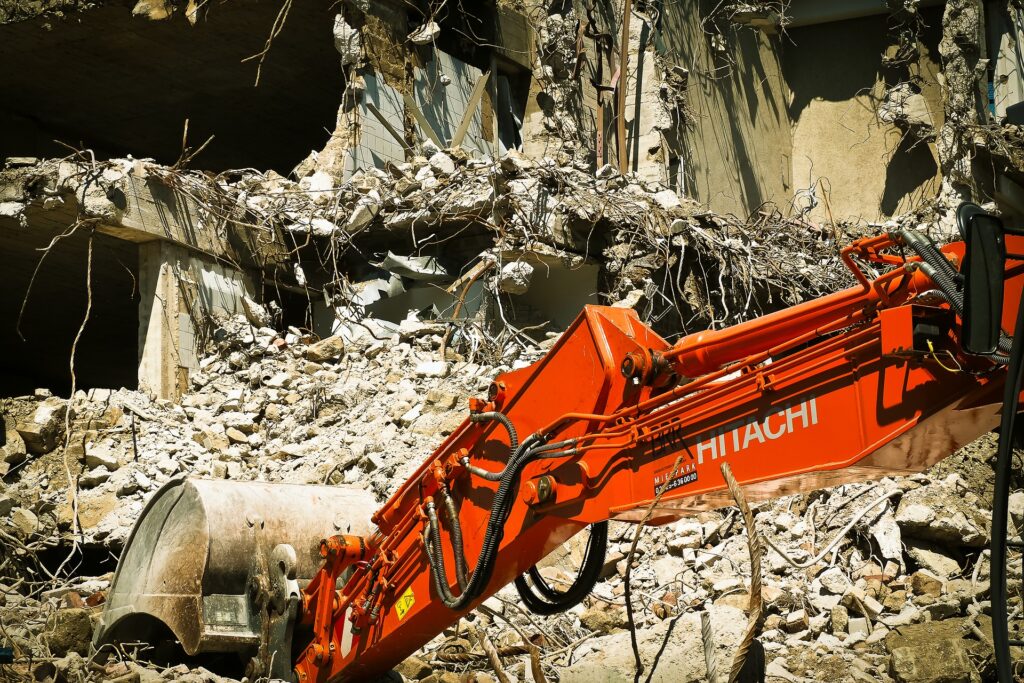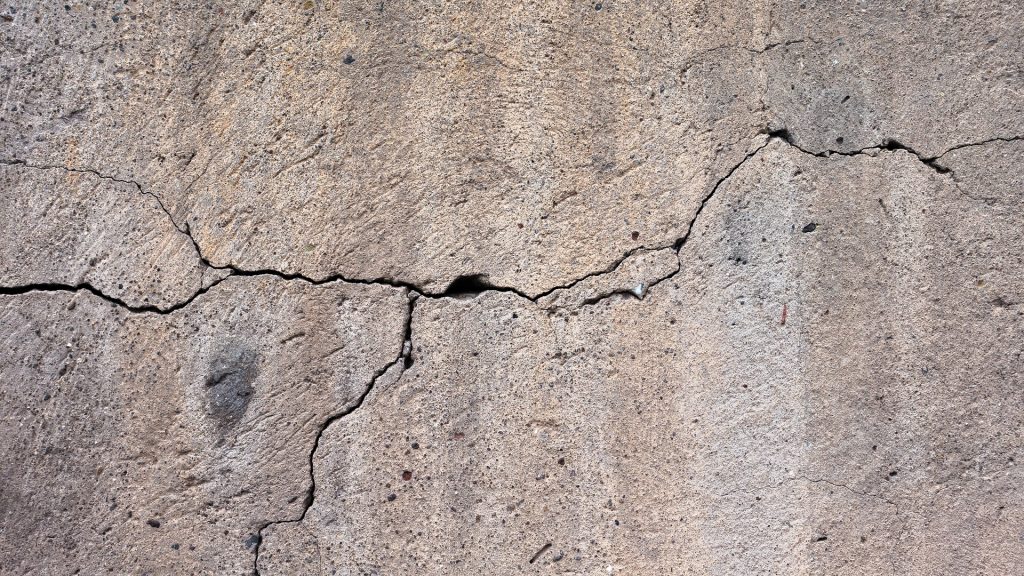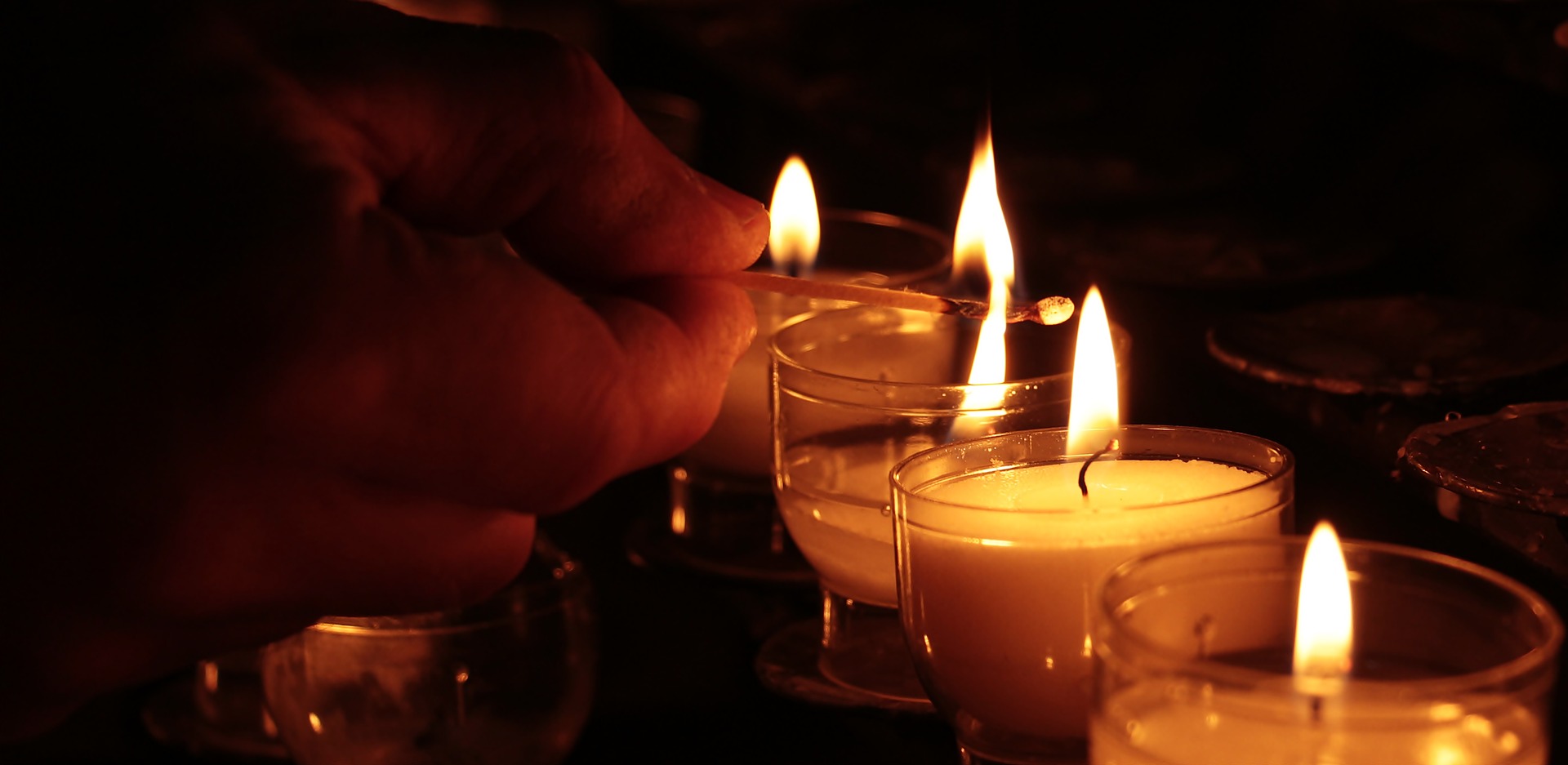In fact, the experts that have been analyzing the video footage of the Miami-disaster have been focusing on the lowest part of the condo building—the underground parking garage, or somewhere just below.
In what’s being called a ‘progressive collapse,’ engineers and buildings professionals are trying their best to locate the initial failure that might have set off the avalanche-style collapse.

Sequencing the Fall
First-hand accounts of the building’s video footage, which was made available in the early hours after the collapse, have called it ‘grainy,’ hard to work with. But it does give important clues regarding the sequence of the fall. The center of the building seems to have collapsed first, followed by a section toward the center’s back-half, and then the eastern end.
What is puzzling engineers is how a decade-old building that’s been in reportedly good condition would crumble without any environmental factors—the summer night was otherwise completely undisturbed. But in a deeper dive, a consultant found what was referred to as ‘major structural damage.’ The concrete slab that supported the pool deck was full of cracks and weak-points, and the columns, beams and walls that held the parking garage under the building showed ‘abundant’ signs of crumbling.
Comparing that finding to the video, the first segment of the building seems to fall vertically and abruptly, close to where the pool sat at the foundation. Structural engineers have noted that the nature of the fall would suggest a foundation-related matter, but they’re also cautioning that we shouldn’t rule out a design flaw or construction mistake that’s simply survived until now.
An Error of Judgement?

Most of the answers will require further analysis and some degree of patience. There might be something geologically underneath the building which, when uncovered, could offer much more by way of explanation. Clues supporting other theories—the disruption of nearby construction in 2019, a void or sinkhole developing beneath the foundation—could also come to the surface at a later date. Until then, experts will continue to direct their efforts toward identifying the kind of constructional and behavioral changes that could have prevented, and hopefully will prevent in the future, a tragedy of this magnitude.
Property Technology for Emergency Prevention
Carrying on the conversation of prevention, smarter building technologies should be at the forefront of our response. More affordable and advanced than ever, artificial intelligence technologies can take in vast amounts of building data and study them for signs of wear, predicting the need for repair. Fully integrated monitoring systems should be advanced enough to lessen our reliance on the annual audits that are meant to prevent these slow-building catastrophes. Proptech can help facilities managers cover all their bases, from minor room repairs to important foundational warnings.
An especially urgent area of focus for smarter monitoring technologies is the water detection, especially in building facilities that offer pool access. In the days following the collapse, a video was posted showing water damage in the building prior to its collapse. Water proofing and leak detection is an important part of building safety. Smart monitors and detection systems can make it easier for management teams to identify and fix this kind of water damage, which might have been an important contributing factor.
A Shared Loss

